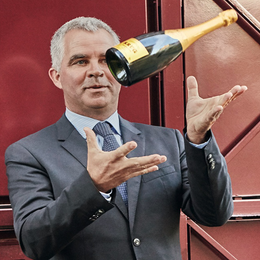
The Beenleigh Distillery housed in Queensland, Australia. (Image Source: Velier)
When most people try Beenleigh's rums, if they've even tried it, the first thing they would probably notice is just how hot it is.
There's good reason for that, the distillery fills their rums for maturation at around 78.8% ABV. Oof!
But that's pretty traditional by Steve Magarry's books. Steve Magarry is the former group distiller for Beenleigh's Artisan Distillers.


Beenleigh - Artisan Distillers. (Image Source: Beenleigh)
According to him, Australia rums share a pretty close history with the notable rum producing countries of the English Caribbean islands such as Barbados, Jamaica, Trinidad and Guyana. This was as a result of their shared status as supplier of rum to the Royal Navy, going back to the Tot era (where rum was rationed for the seafaring crews of the Royal Navy ships as a small, but significant source of comfort and reward). This fact is proudly worn on Beenleigh’s label, with the text “Royal Navy Supplier In The Tot Era”.
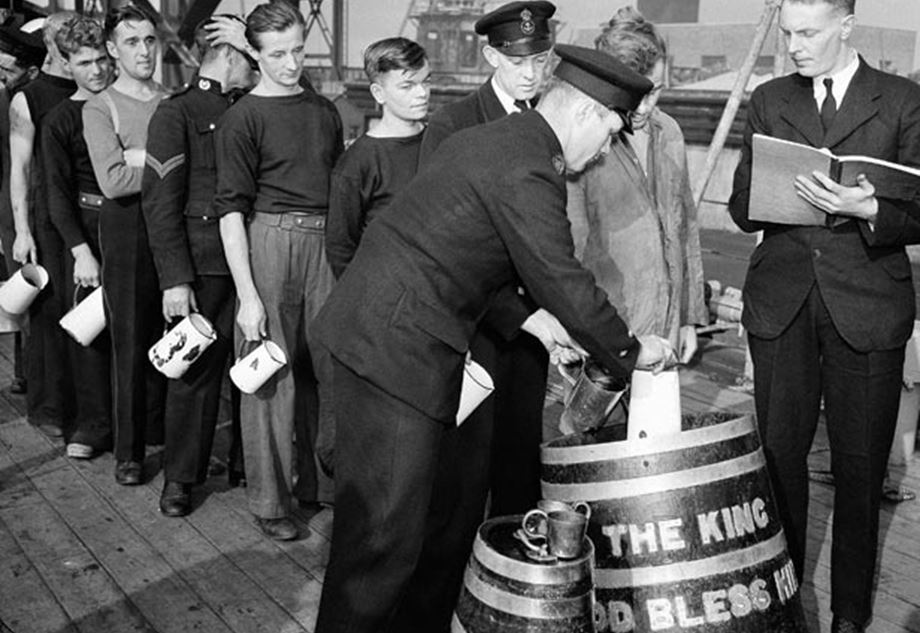
The Tot Era helped entrench rum's place in the world by distributing the cane-based spirit across the world, through the Navy. (Image Source: Nauticalia)
In this Distillery Dive, we'll take a look at a brief history of the Australian distillery and some of the more pertinent aspects of their production that explains the contemporary rums they have on offer as they mount a full revival.
A Quick History of Beenleigh Distillery From 1884 to Modernity
Beenleigh marks 1884 as their founding year, which gives them over 130 years of history - that's a really long time, some of those decades having gone undocumented as well. Steve even mentions that Luca of Velier fame has in his collection some of Beenleigh's work dating back to the 1940-50s. Yet, the current iteration of Beenleigh seems to actually share little in common with its long history aside from its namesake. That's not a bad thing, history can be burdensome at times, holding back a distillery from reinventing itself.
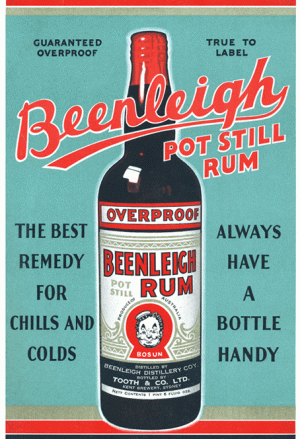
Beenleigh's history has been one of many starts and stops. At one point in the 40s, Beenleigh was the top selling rum brand in Australia. Today, Beenleigh shares little with its former self than its name. Pictured above is a vintage ad for Beenleigh's in the 40s and 50s. (Image Source: Australian Beer Posters)
Working off of Lance’s (Lonecaner) labour, we’re told that sugar can growth began in earnest in Queensland in 1864, which also happened to be the same time that Beenleigh’s plantation was established. Thereafter, a floating boat-based distillation facility nicknamed the “Walrus”, which had serviced nearby plantations, beached and was later acquired by Beenleigh. This was what really kickstarted Beenleigh’s involvement in rum making, with their gaining a distilling license in 1884. Thereafter, it’s been a game of changing hands, until finally in 1969, the distillery was shut due to poor demand. Given that I’m sipping some 2015 vintage Beenleigh rum, obviously the distillery came back online at some point – in 1972, which was then followed by another round of changing hands, and finally it’s now in the hands of VOK Beverages.

The floating still that came to kickstart Beenleigh's entry into rum production. (Image Source: Australian Food Timeline)
With this game of hot potato, it’s quite incredible that the distillery is still representing today, in fact, more recently seemingly regaining some much-needed momentum. Conversely, another very popular rum in Australia (really very much an Aussie thing) is Diageo-owned Bundaberg, recognizable from the polar bear on its labels, something that I find particularly cute. That aside, Bundaberg is generally more commercial-centric (not a euphemism, really), in the sense that they’ve not been passed along nearly as much, have a much larger product portfolio, great market awareness locally, and of course, far more expansive production capacities.

Overseeing the fermentation process at Beenleigh. (Image Source: Beenleigh)
Up until recently, Beenleigh was managed by Steve Magarry, and from several interviews with Velier and Rumporter, we can gather that the distillery, despite its dotty history, can pretty much be thought of as brand new. Most of their old rum stocks have been lost, their old port still “Old Copper” has been retired (but still remains in the possession), and given their relatively smaller production capabilities, are focused on generating more awareness for their rums, focusing more on a being a craft distillery as a matter of branding (calling themselves “Beenleigh Artisan Distillers”, much less), and building up their rum stocks. So obviously, the recent endorsement by Velier, is really just what they needed – hence their 2006 and 2015 co-bottlings. Its worked hasn’t it? I’m now actually getting down to writing a piece on them.
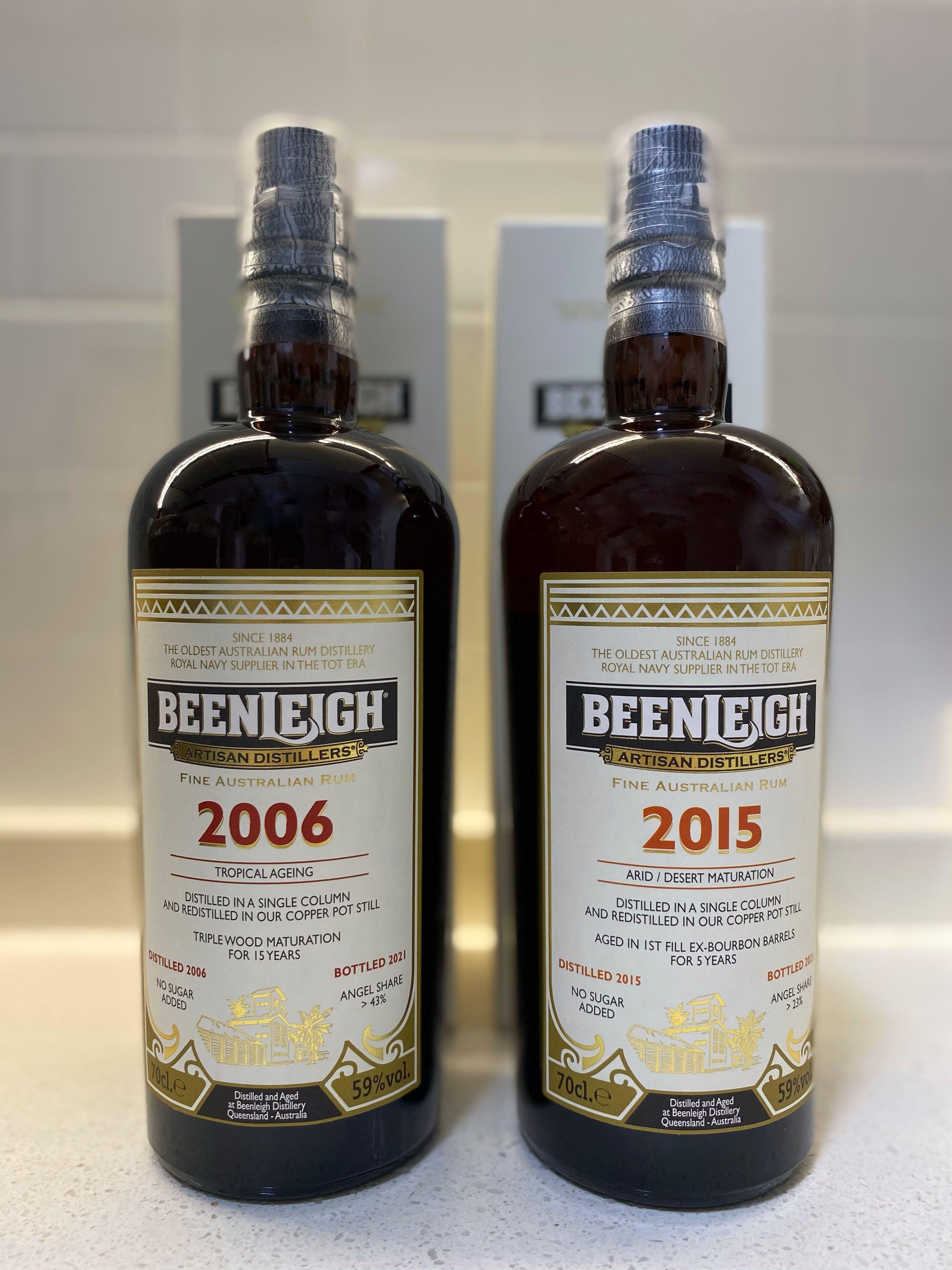
Velier's Beenleigh co-bottlings have certainly done its part to raise awareness for the Aussie distillery. (Image Source: Alcaline on Carousell)
Making Beenleigh's Rums
Tracing back to the Tot-era (1850s to 1970), the Australian distillery employed a Double Pot Still system, but later transitioned to a Single Column Still, and then more recently moved back into a mix of Column and Pot system. As far as influences go, Steve also mentions that back in their Double Pot Still days, their setup was similar to that of the famous Port Mourant Pot Stills from the Demerara’s, and till today, the distillery also uses dunder cycling (bringing forward some of the fermentation material to subsequent distillation runs, think of it like a Sourdough starter), made famous by the Jamaican rum makers. Fermentation times also run pretty long, running from anywhere from 4-5 days to 12-14 days.

Beenleigh currently uses a combination of Column and Pot Stills to make its rums. (Image Source: Velier)
Other general pointers to note is that the distillery uses 100% local Australian molasses, which come from about eight varietals of sugar cane. These come from sugar cane milled at the Rocky Point Sugar Mill, which is also Australia's last private mill. Between 2005 to 2010, the distillery used a more heritage strain of indigenous yeast, S.Pombe, but since then, have moved to a more commonly used cerivisae yeast. I’ve done the homework, ploughing through some research journals, but the key point here is that S.Pombe, while producing more ethyl esters of higher fatty acids and ethyl acetates (all the flavor bombs, basically), is not particularly efficient. Hence, the distillery is trying to strike a more balanced production means by using cerivisae, which is more efficient (takes less time to ferment) but still produces a decent amount of flavoids.

Sugar is Australia's second largest agricultural export. Sugar plantations in Queensland. (Image Source: WWF.org.au)
The rums are then aged in wooden vats that previously held brandy but Steve tells us that the vats have a very small influence on the rums given how old they are, where the rums will mature for at least two years (to meet regulatory requirements for Australian rums), and are after which transferred to smaller ex-bourbon barrels. This is yet another interesting tidbit as it would seem like the distillery almost wants to simply clear the labelling hurdle of the rum having been aged at least 2 years, with minimal evolution in the rums, and after which the real desired change is supposedly to come from the ex-Bourbon barrels.

Beenleigh's rum range. (Image Source: Beenleigh)
Rums Produced The Distance From London to Iceland
Now, here’s a question for you readers: can the ABV of a spirit go up with aging?
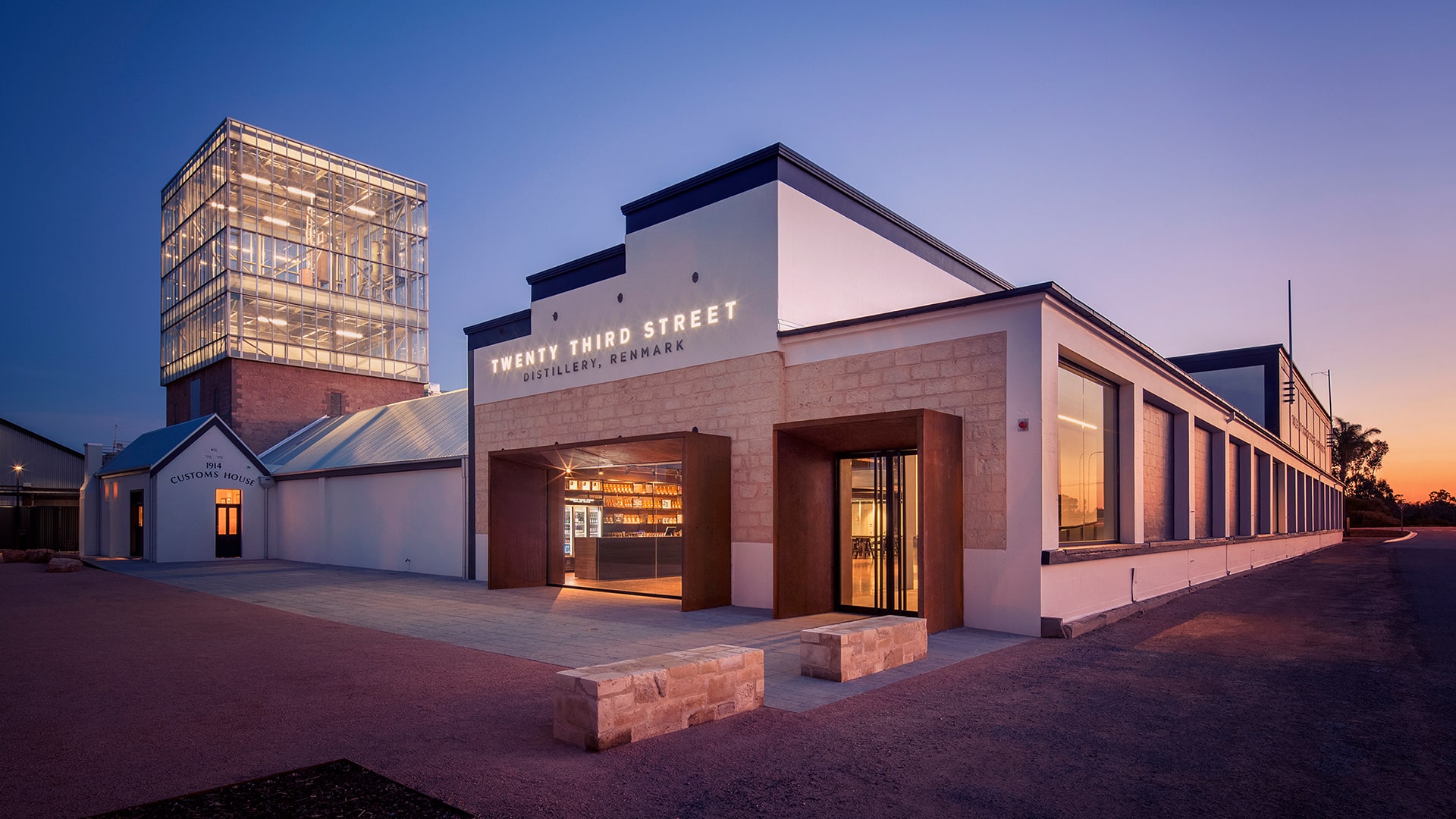
Beenleigh's Twenty Third Street Distillery allows the distillery to mature their rum stocks in an environment even drier and hotter than the conventional tropical ageing for most rums - they call this Arid Desert Aging. (Image source: 23rd Street Distillery)
We know that typically as a spirit ages, the ABV drops, and there’s only so much it can be allowed to drop before disqualifying itself as a spirit of whichever category it is from. Well, at Beenleigh’s second warehouse (Twenty Third Street Distillery), situated about 1,800km between Beenleigh, Queensland and Renmark, and created to explore the effects of arid desert aging (another interesting bit of text on the label of the Velier 2015 co-bottling), the ABV actually escalates during maturation. This is a result of the summer heat and low humidity.

The incredibly dry, arid conditions at 23rd Street Distillery has the effect of increasing ABV as the rum ages. (Image Source: Velier)
This contrasts with their first site in Beenleigh which experiences something closer to what is more commonly deemed as tropical aging. The two sites experience such different climates (which seems to take a page out of the Japanese whisky distilleries that often employ multiple distilleries in different climates to create a greater breadth of expressions) that the geographical comparison between them would be the same distance between London and Sicily or London and Iceland. You can find more details about their two sites on their website.

The two distillery locations allow Beenleigh to leverage on two very different climates - the distance between the two is as far as London to Iceland. (Image Source: Google Maps)
When the Velier co-bottlings were announced, what really caught my curiosity was the fact that I believe no other rum (on Earth at least) lays claim to the use of Arid Desert Aging, which was prominently labelled for the 2015 expression. So that remains something truly unique with this expression.
From the Land Down Under to The World
Beenleigh has a whole lot of history and yet it almost feels like an adolescent (its 15-Year Old Velier co-bottling is amongst its oldest stock on hand), still very much going through its phase of finding itself, having really only switched things up once in 2010, as outlined above. And yet, its ambitions remain great.

Beenleigh is out to put themselves on the world map. And I think they will. (Image Source: Velier)
One very quickly gets the sense that the Aussie distillery has an eagerness to prove its worth and is pushing every piston to get there. From creating a wide range of expressions (even outside of rum!) to exploring two different maturations, as well as marketing their expressions for various tiers of drinkers, and simply doing whatever it takes to get the word out (the Velier collaboration certainly helped), Beenleigh wants to be known.
And I think it will. Put aside the fact that Australia is not traditionally thought of as a major rum producer and focus on just solely the quality of some of their higher end expressions and you'll immediately be won over. It has certainly won over quite the number of critics and so its a matter of time that the artisan distillers get the recognition they deserve.
Kanpai!

@111hotpot





